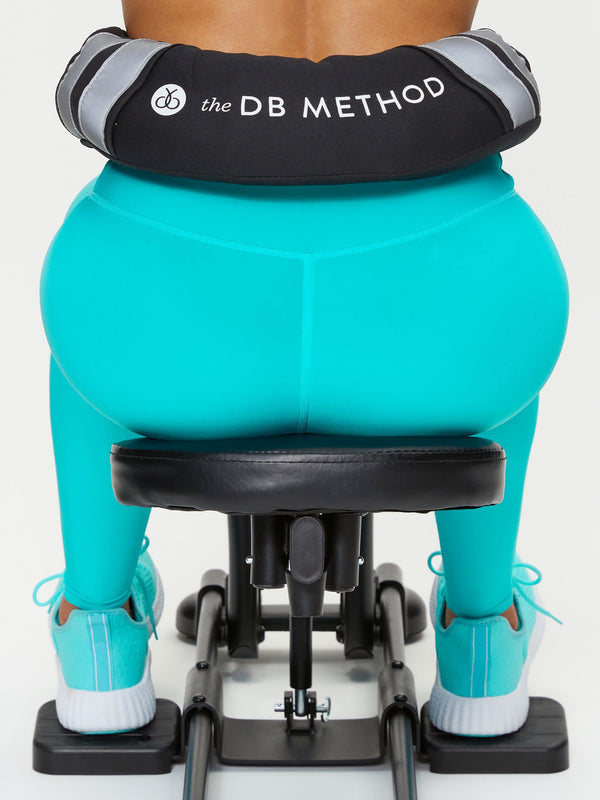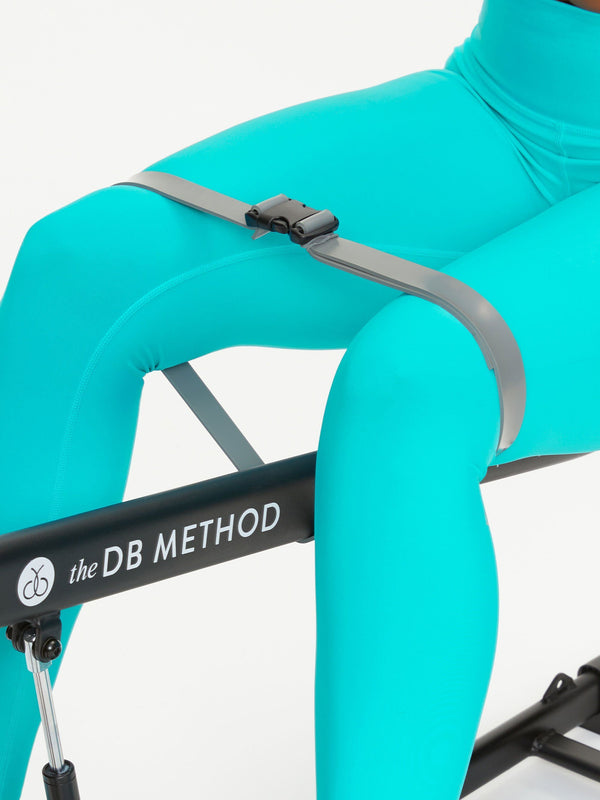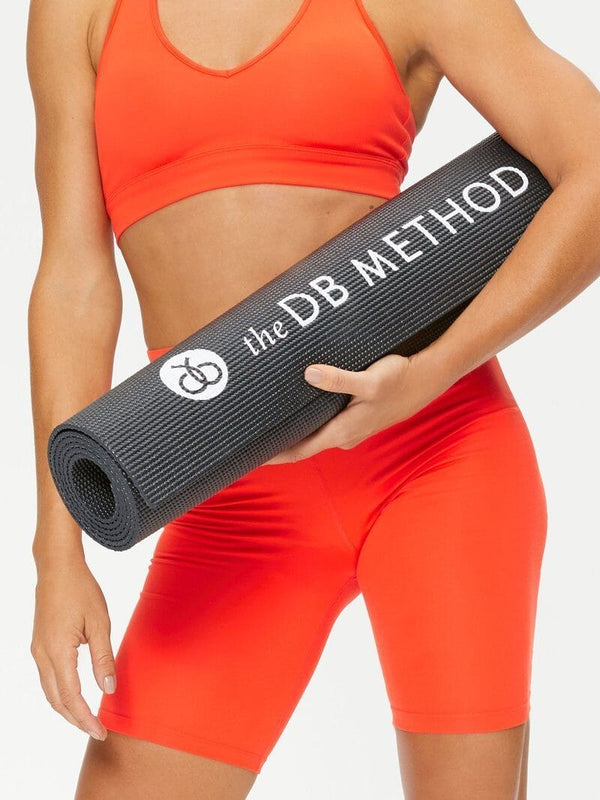Yes, squats are good for your knees because they strengthen the tendons, ligaments and bones that surround and support your knees, as long as the knee bend does not pass 90 degrees and have a load of more than 35% of your body weight*. And a study by USC found squatting and kneeling may be good for your knees if done correctly as they work the surrounding body parts**.
By strengthening the body parts that support your knees, your knees do less work and you reduce the chances of injuring them from daily activities like jogging, standing up, and even wearing the wrong shoes. But that does not mean all squats are good for your knees.
Note: You should always talk to your licensed medical professional who knows your health history before adding squats to your routine, especially if you’re feeling knee pain.
Deep lunging squats like a deep sumo squat may put more pressure on your knee joint, and potentially make a problem worse. If you’re doing a Bulgarian split squat, you could fall off balance and land on your knee causing more damage and more pain. But don’t worry, you don’t have to avoid squats; you just have to choose the right ones for your specific knee concerns.
Using a squat machine can keep you in proper form and reduce the strain in your knees. Proper form is the key to building strength and helping to prevent knee damage. You can also try a squat variation like the assisted wall squat, a goblet squat, or a sissy squat.
By placing a stability ball (yoga ball) between your back and the wall, you can reduce the tension on your knees and have the ball roll up and down while you perform the standard squat movement. This helps keep you using proper form and reduces the strain on your knees.
Goblet squats are easy to do assisted, and you can add a plyo box below your butt in case you fall backwards. This way you don’t accidently put excess pressure on your kneecaps if you drop all the way down. And the sissy squat can be modified too.
Hold onto a doorframe or something tall and stable while you lean backwards. You can focus the tension on your hamstrings, calves, and glutes while reducing some of the pull on your knees. Just like putting a plyo box below you in the goblet squat, place a crash mat or cushions below you during the sissy squat so you can land on something safely vs. a hard floor if you fall.
Yes, squats can be good for your knees if you do a squat that builds strength in the tendons, bones and ligaments around your knee joints. Just make sure you don’t do a squat that puts too much pressure on your knees if you have a medical problem.
If you do have a medical problem with knee pain, talk to your doctor first. If your doctor clears you for doing squats, it is a good idea to have a licensed physical therapist or licensed personal trainer make sure you’re using proper form and give you squat variations that work for and not against your knees.
- *https://www.ncbi.nlm.nih.gov/pmc/articles/PMC4064719/
- **https://news.usc.edu/166572/squatting-kneeling-health-sitting-usc-research/








